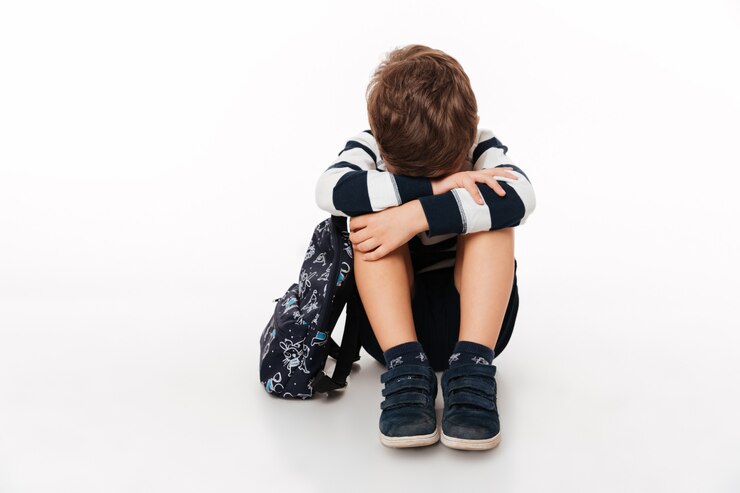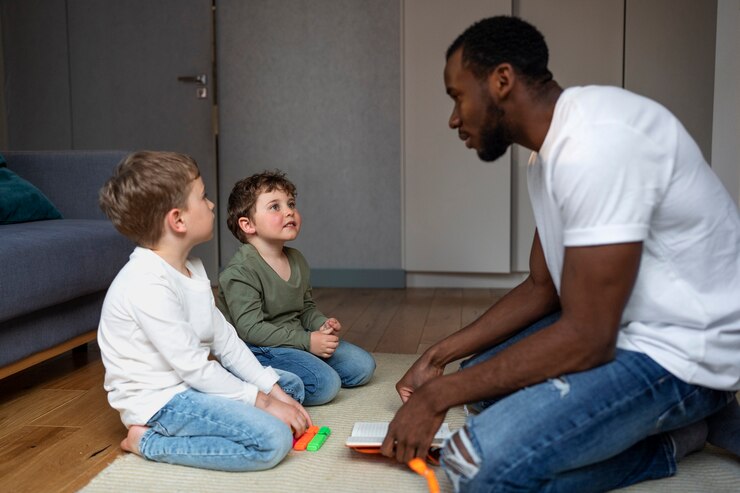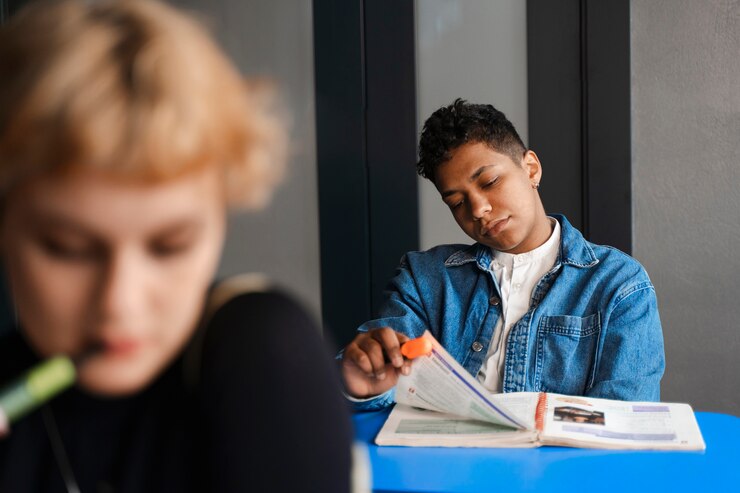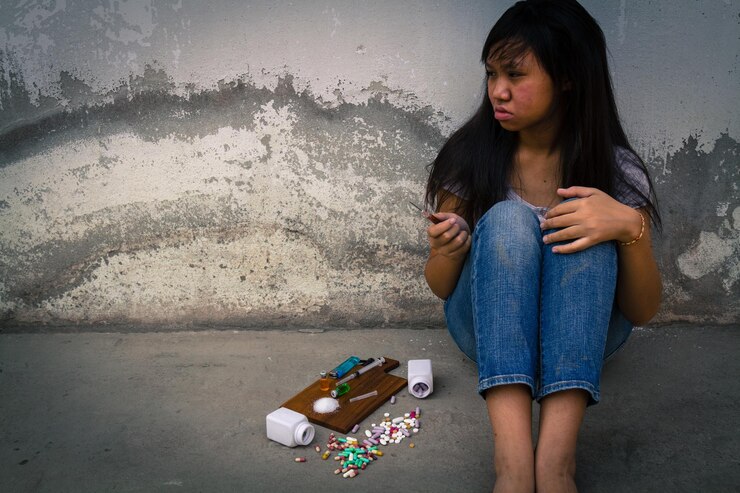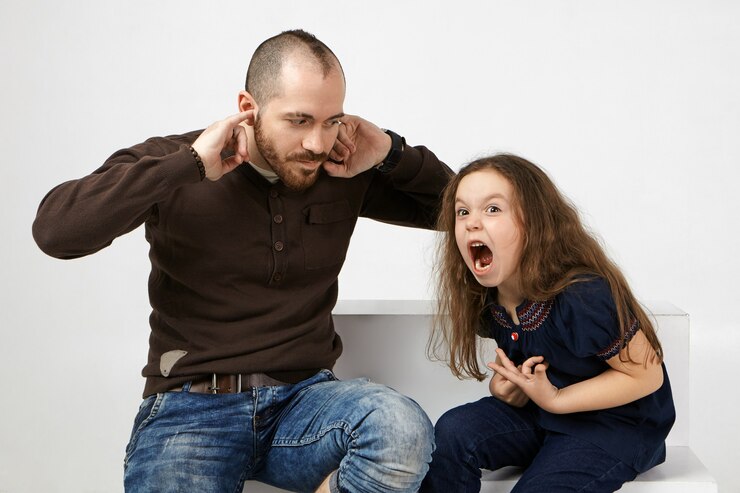If you have a preschooler child like I do, chances are that their first week (or month) of attending school didn’t go as smoothly as expected.
This was my scenario for the first couple of weeks: I would get my little one all amped up about the dozens of activities he’d get to do. The ride to school used to be fairly calm and quiet. But as soon as we got to the drop-off point, tears would start streaming down his face. He would get so clingy that his teacher would have to pry him off me.
What these kids go through at this stage is known as separation anxiety. In the following post, I’ll explain what this condition is and how to help your child cope.
What Is Separation Anxiety
Separation anxiety is an overwhelming or prolonged fear experienced when an individual parts ways with their loved ones; even if it’s for a short duration.
It’s not unusual for infants, toddlers and younger kids to experience such intense feelings. In fact, it’s a normal phase of development for kids of up to 3 years. However, there are times when the anxious feelings persist for too long and begin to interfere with their school or daily routine.
In such situations, the child may experience severe symptoms like panic attacks and headaches. If it has gotten to this point, it’s likely that the anxiety has escalated to separation anxiety disorder.
Whether your child is suffering from separation anxiety or separation anxiety disorder, there are a few things you can do to help them deal. More on this below:
Helping Kids Cope With Separation Anxiety
Come Up With Quick Good-Bye Rituals
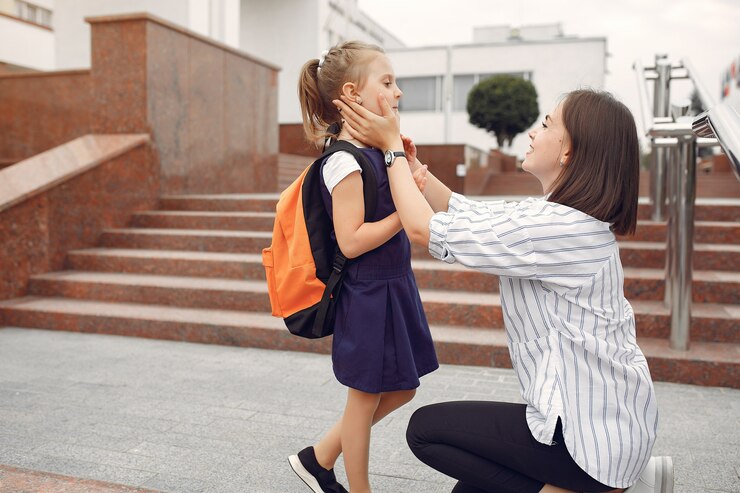
Creating a few simple rituals is an excellent way to relieve their anxiety. It helps by distracting them so that they’re not only focused on the fact that you’re leaving them. This can be as simple as giving your little munchkin triple kisses, handing them a toy or doing one of those baseball-style handshakes.
Maintain Consistency
Another thing that might help is being consistent. Whenever possible, ensure that the same individual drops off your child. Similarly, drop them off at the same time and perform the same ritual each time. Maintaining consistency minimizes unexpected factors that can trigger their anxiety.
Start Practicing Separation Early
Don’t wait until the first day of school to create some distance between you and your child. I know first hand that this won’t go down well. Instead, plan play dates with friends or family where you drop them off and pick them later.
This ensures that when they finally start attending school, the separation won’t be too overwhelming or terrifying for them.
Offer Clear communication
One reason why kids throw tantrums when left by their caregivers/parents is because they feel confused. They have no idea why you’re leaving and how long you’ll be gone.
If your child is a little older, spare time to explain the situation. Inform them that you’ll be away for a couple of hours while they play with their new friends. Even the Bible urges us to be honest with our neighbors, “Therefore each of you must put off falsehood and speak truthfully to your neighbor, for we are all members of one body.” (Ephesians 4:25)

